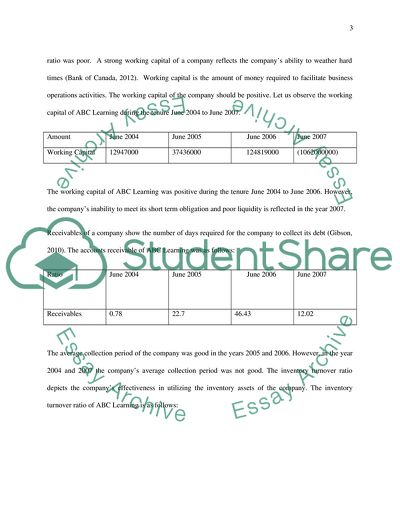Cite this document
(Corporate Financial Management Research Paper Example | Topics and Well Written Essays - 3000 words, n.d.)
Corporate Financial Management Research Paper Example | Topics and Well Written Essays - 3000 words. https://studentshare.org/finance-accounting/1797994-corporate-financial-management
Corporate Financial Management Research Paper Example | Topics and Well Written Essays - 3000 words. https://studentshare.org/finance-accounting/1797994-corporate-financial-management
(Corporate Financial Management Research Paper Example | Topics and Well Written Essays - 3000 Words)
Corporate Financial Management Research Paper Example | Topics and Well Written Essays - 3000 Words. https://studentshare.org/finance-accounting/1797994-corporate-financial-management.
Corporate Financial Management Research Paper Example | Topics and Well Written Essays - 3000 Words. https://studentshare.org/finance-accounting/1797994-corporate-financial-management.
“Corporate Financial Management Research Paper Example | Topics and Well Written Essays - 3000 Words”. https://studentshare.org/finance-accounting/1797994-corporate-financial-management.


